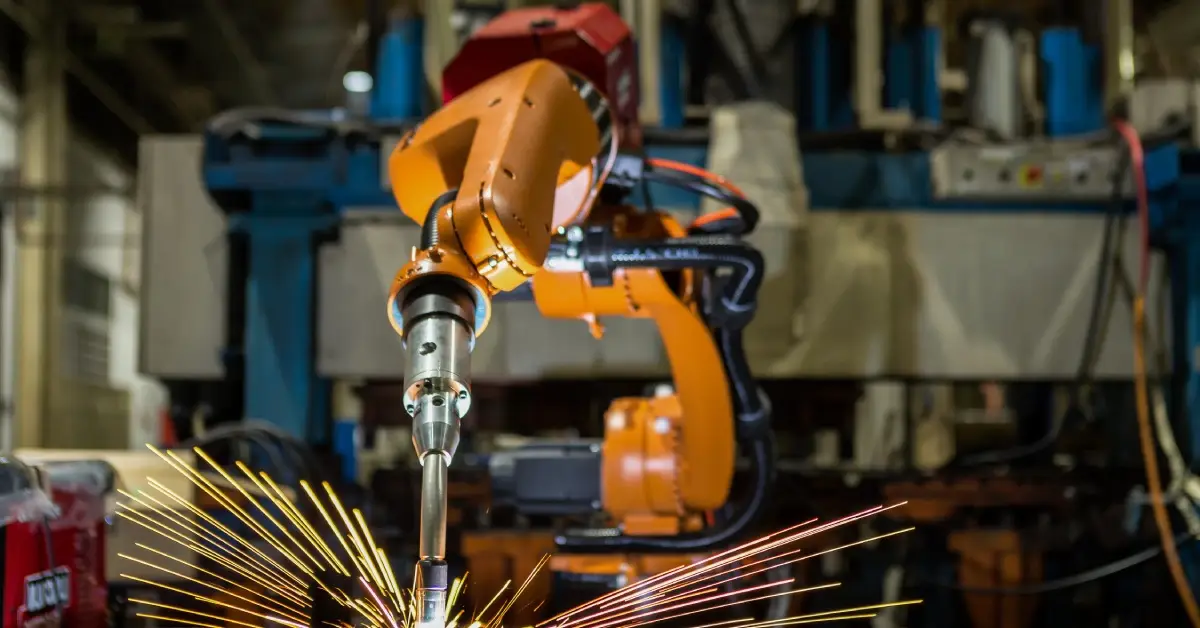
As industries strive to reduce their environmental impact, automated welding has emerged as a viable solution offering significant ecological advantages. This technology enhances production efficiency and contributes to sustainability in various ways. Let’s look at four environmental benefits of automated welding and how they are making a positive impact on the planet.
Reduced Energy Consumption
One of the primary environmental benefits of automated welding is its ability to reduce energy consumption. Traditional welding methods require constant manual labor, which can be time-consuming and physically demanding. In contrast, automated welding systems operate continuously without breaks, leading to significant reductions in energy usage.
Moreover, automated welding technology allows for precise control over heat input and weld parameters, resulting in less wasted energy. This precision also minimizes material waste, further reducing the industry’s carbon footprint.
Decreased Emissions
The use of traditional welding methods often results in high levels of emissions that can harm both humans and the environment. The burning of fossil fuels and the fumes generated during welding processes are the primary causes of emissions.
Automated welding, on the other hand, significantly decreases these emissions as it requires less energy and generates fewer harmful by-products. This has a positive impact on air quality and reduces greenhouse gas emissions, contributing to global efforts toward tackling climate change.
Improved Health and Safety
Manual welding can be hazardous for workers due to exposure to high levels of heat, noise, and toxic fumes. In contrast, automated welding reduces worker exposure to these risks as most processes happen remotely in enclosed work cells.
Additionally, automated systems have built-in safety features such as interlocks and sensors that prevent accidents. This protects workers’ health and minimizes the risk of workplace incidents, making it a much safer option for both employees and the environment.
Longevity of Equipment
Another often overlooked environmental benefit of automated welding is its ability to extend equipment lifespan. Automated systems operate at a consistent speed and with precise control, resulting in less wear and tear on equipment compared to manual welding methods.
This reduces the need for frequent replacement of equipment, which saves energy and resources required to manufacture new machines. It also decreases the waste generated from disposing of old equipment, contributing to a more sustainable manufacturing process.
Automated welding offers several significant environmental benefits, including reduced energy consumption, decreased emissions, improved health and safety, and increased equipment longevity. As the industry continues to prioritize sustainability, automated welding will play a crucial role in helping to achieve these goals. Industries need to consider adopting this technology as part of their efforts toward creating a greener future.
If you need an automated welding machine for your business, contact us today to learn more about our advanced welding solutions. Together, we can make a positive impact on the environment while increasing production efficiency and quality.